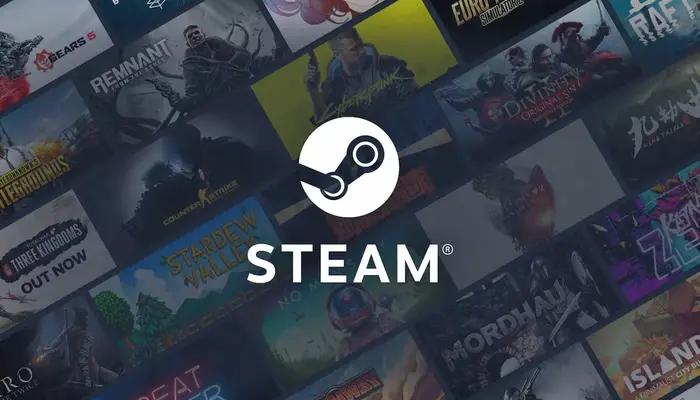Steam Cracks Down on In-Game Advertising, Bans Rewarded Ads

Steam, the leading PC gaming platform, has issued new guidelines restricting in-game advertising, dealing a significant blow to the growing ad industry in gaming. The updated rules prohibit developers from using paid advertising as a core business model, effectively banning rewarded ad formats and forced ad engagement.
Steam’s Influence on PC Gaming
Steam dominates the PC gaming market, with an estimated 85% revenue share, according to Epic Games CEO Tim Sweeney. Its policies carry massive weight, influencing developers and shaping the gaming experience for millions of players.
Under the new guidelines, developers cannot force players to watch ads to progress in a game or reward them for engaging with ads. These restrictions significantly limit the expansion of advertising in PC gaming, making it harder for publishers to justify ad placements. While ads on alternative platforms remain an option, Steam’s dominance means this policy could stifle advertising efforts across the industry.
What Ads Are Still Allowed?
While most traditional ad formats are now banned, Steam allows certain types of in-world advertising. For example, racing games can feature real-world sponsor logos on cars, and skateboarding games can include branded clothing. These placements must blend naturally into the game environment.
However, the policy leaves in-game billboards in a grey area. Valve permits ads deemed “non-disruptive” and “appropriate within the game’s context.” But it’s unclear if developers can sign independent brand deals for billboard placements outside of a game’s original design.
Steam still allows cross-promotions, including sales events and bundles featuring other Steam games or external brands. These promotions, according to Valve, provide value to players and are encouraged.
Read: Sony Compensates PS Plus Members After Major PSN Outage
Why Did Steam Ban Rewarded Ads?
Although Valve hasn’t provided a direct reason, the wording in its guidelines suggests a focus on player experience. The company emphasizes that promotions are allowed if they provide value to players but also states that developers shouldn’t use ads to offer in-game rewards.
This stance conflicts with arguments from the advertising industry. Many experts claim that rewarded ads—which offer in-game perks in exchange for watching ads—are well-received by players. High engagement rates suggest that some gamers see them as a fair trade-off, especially in free-to-play titles.
Impact on Indie Developers
Steam hosts a diverse range of games, from major AAA titles to indie projects developed by small teams. For indie developers, advertising can be a vital revenue stream. Convincing players to pay for an unknown game is challenging, making ads an attractive alternative.
However, Valve may be trying to avoid turning Steam into a mobile-style ad ecosystem, where low-quality games flood the market with ads as their primary revenue source. Many mobile developers create games solely to sell ads, leading to a saturated and sometimes frustrating experience for players.
A Win for Gamers?
By restricting intrusive ads, Steam reinforces its commitment to player-first experiences. The move ensures that games maintain their integrity and prevents aggressive monetization tactics. While some developers may struggle with the loss of ad revenue, gamers may ultimately benefit from a cleaner, uninterrupted experience.
Follow us on Google News, Instagram, YouTube, Facebook,Whats App, and TikTok for latest updates












